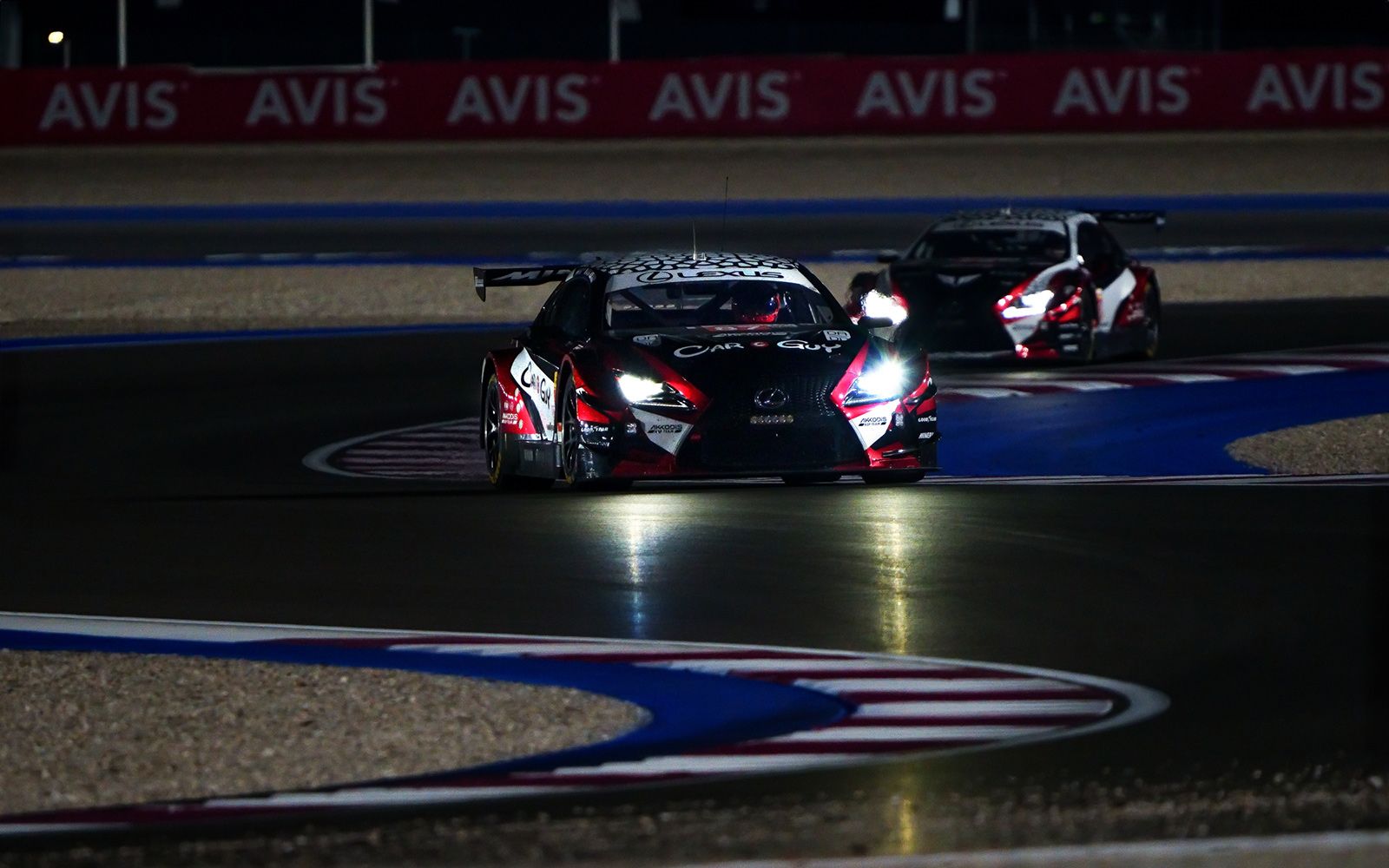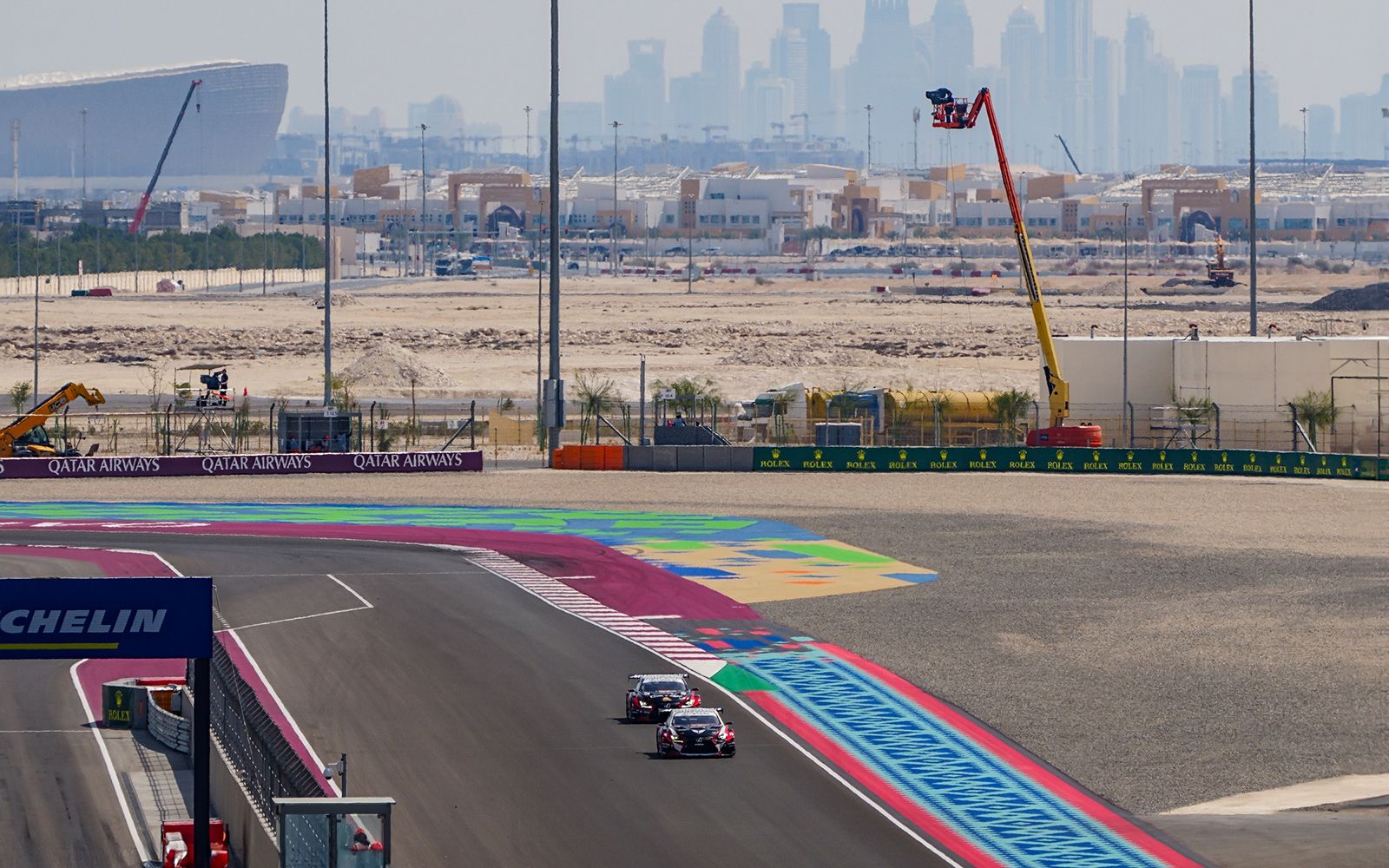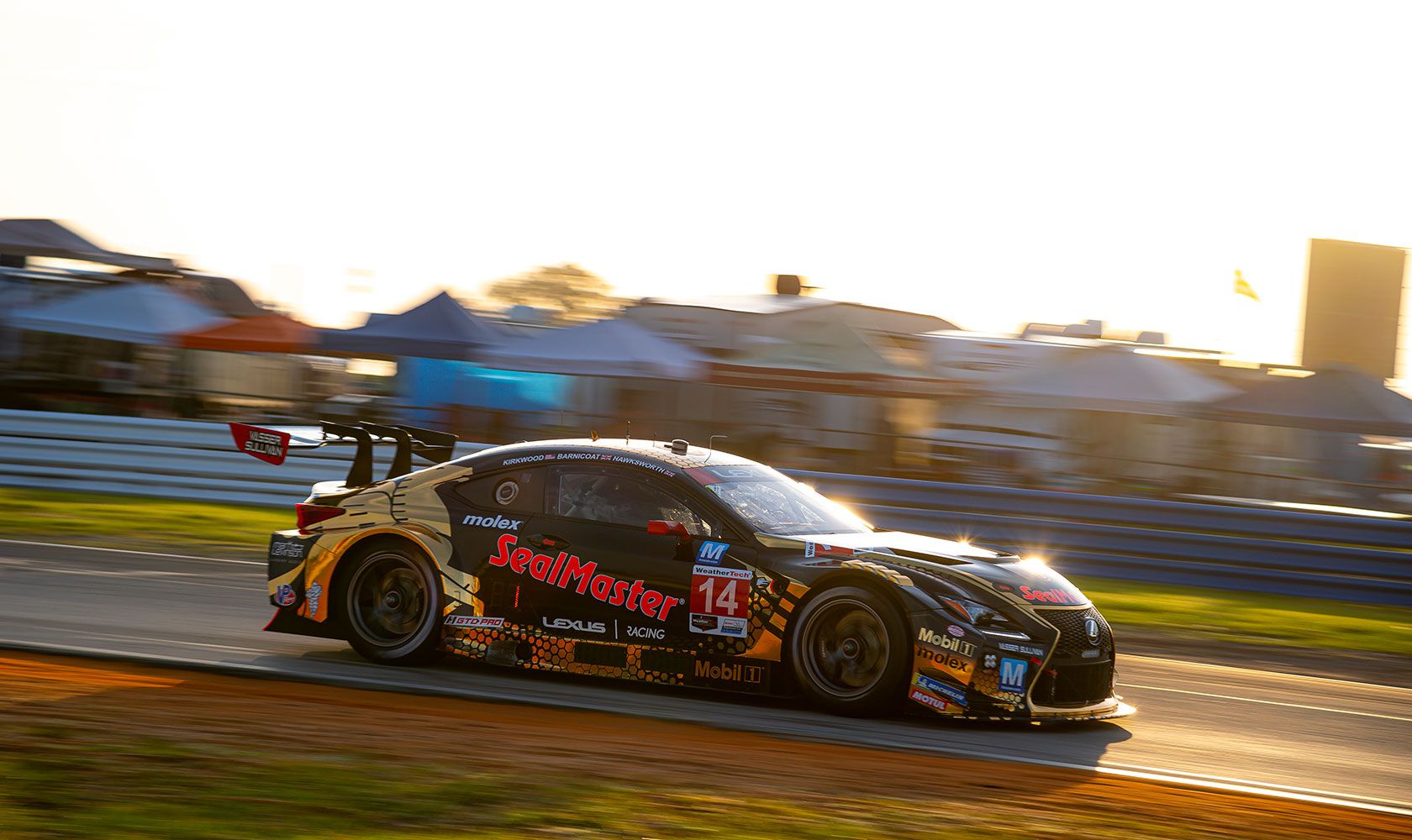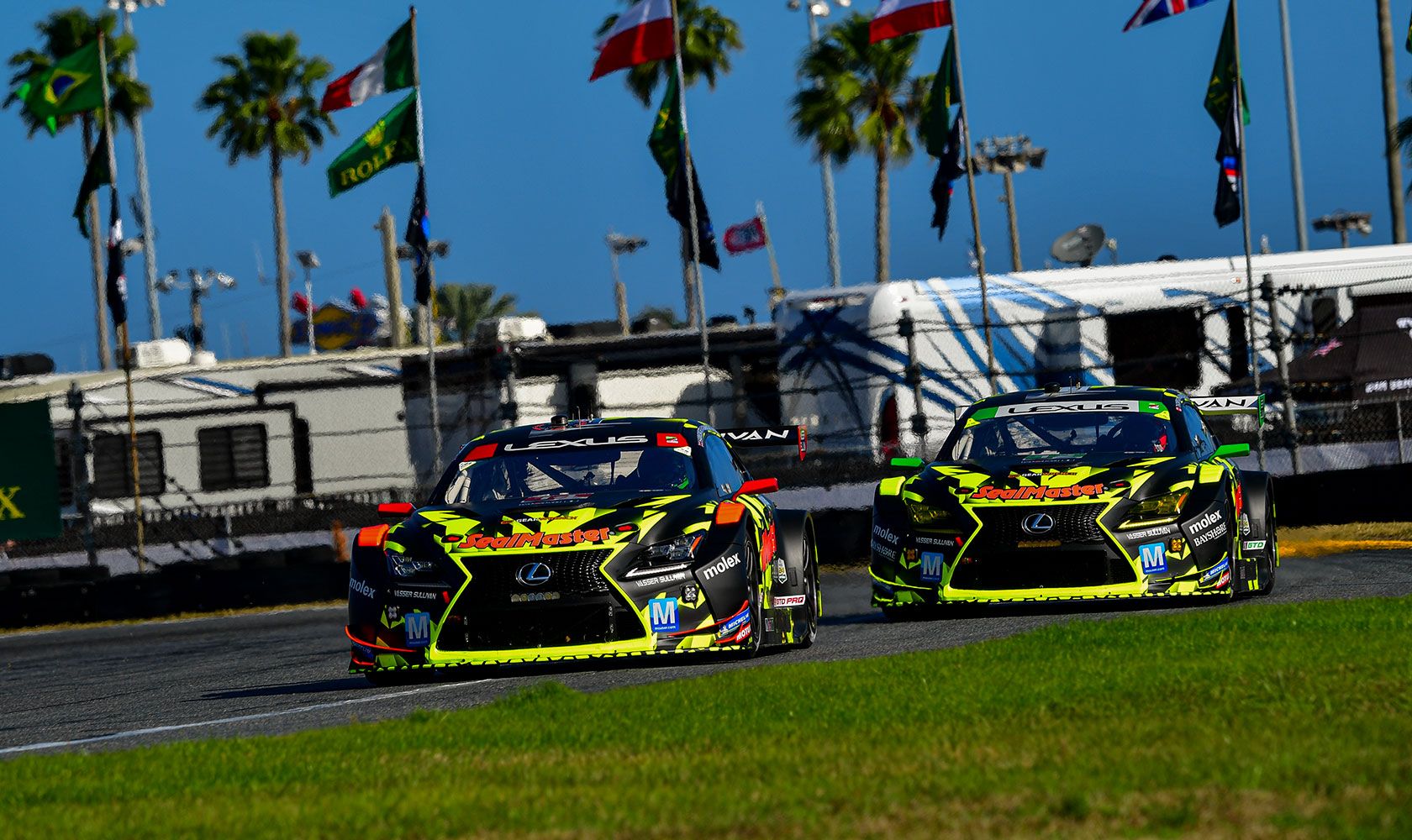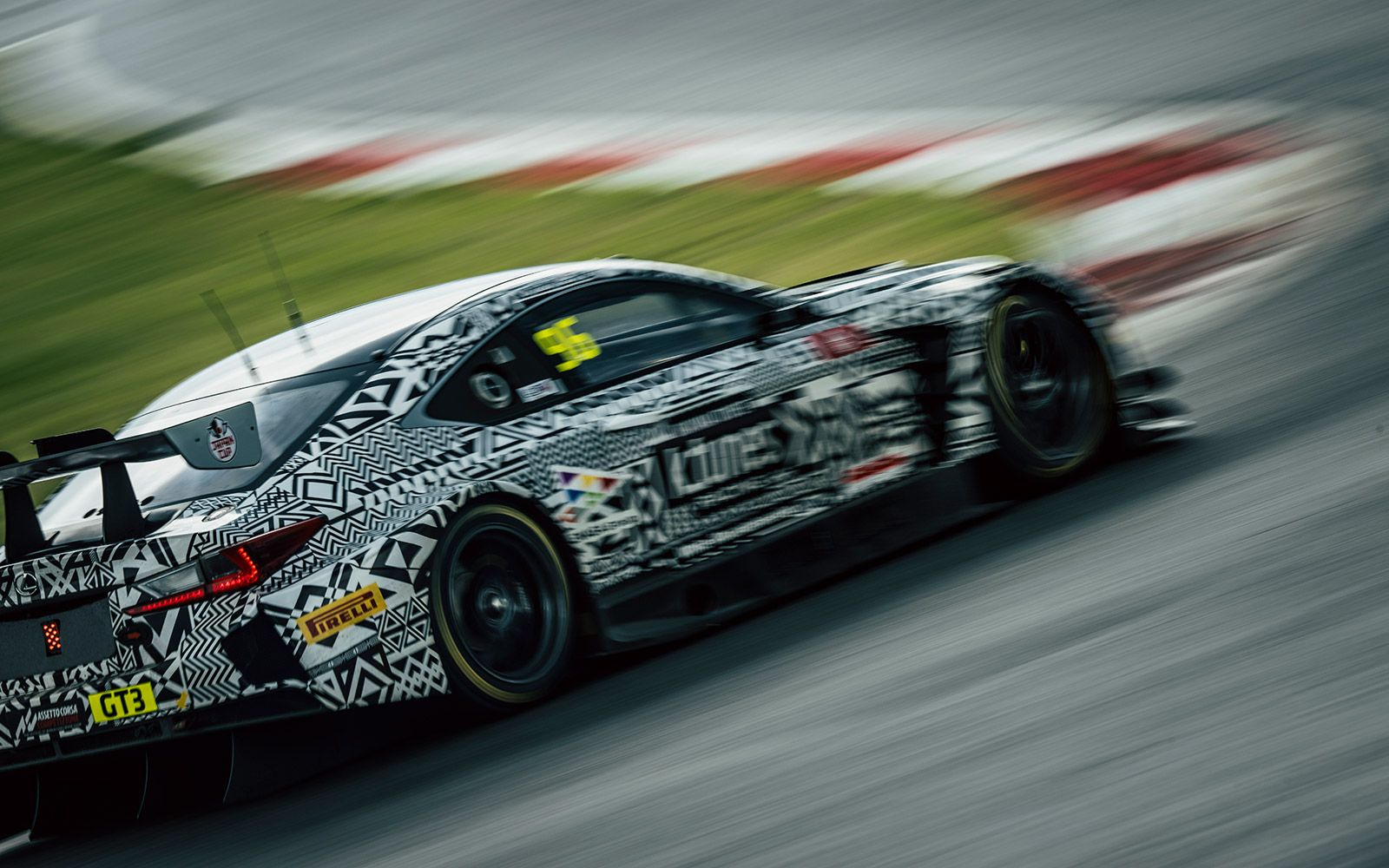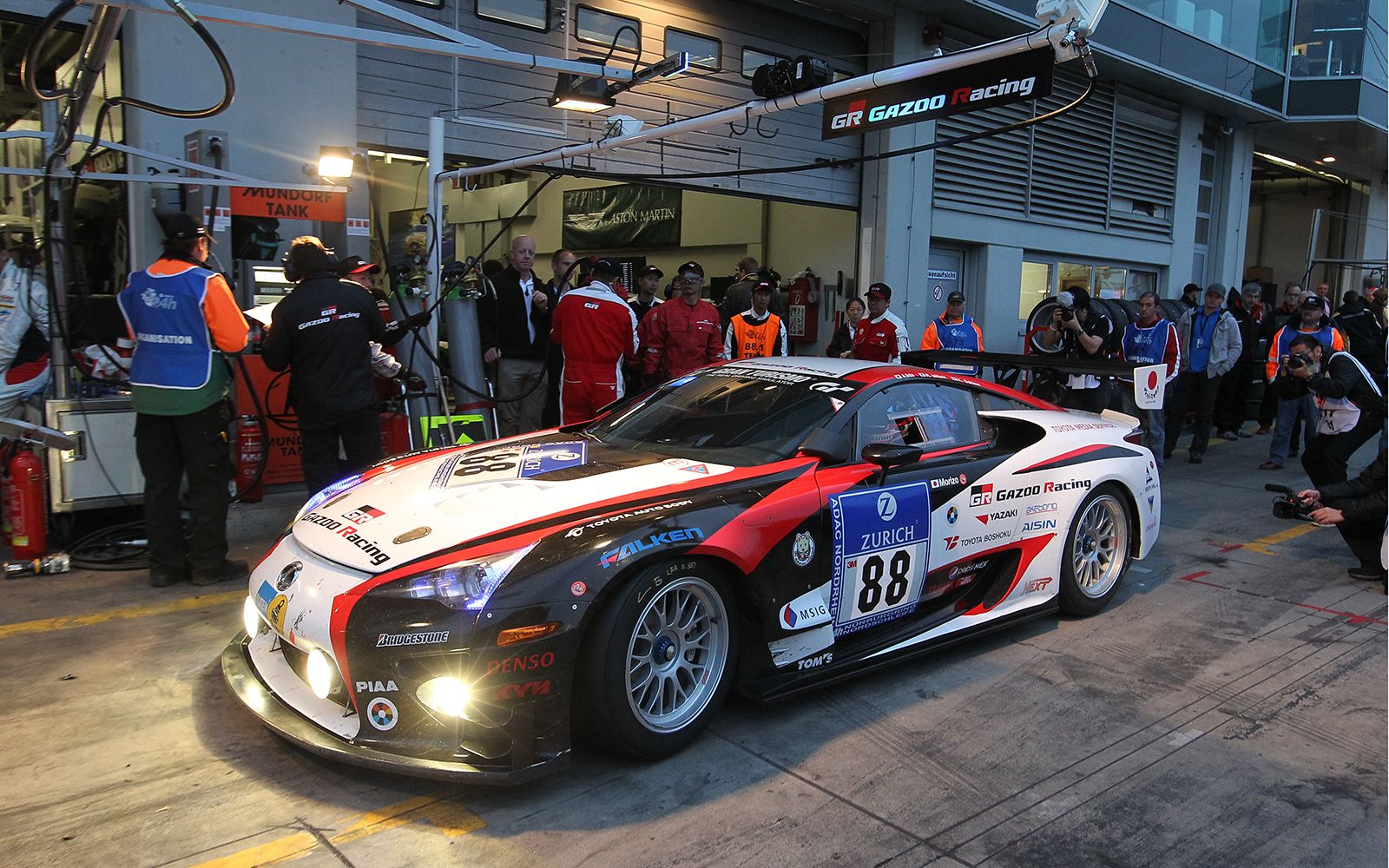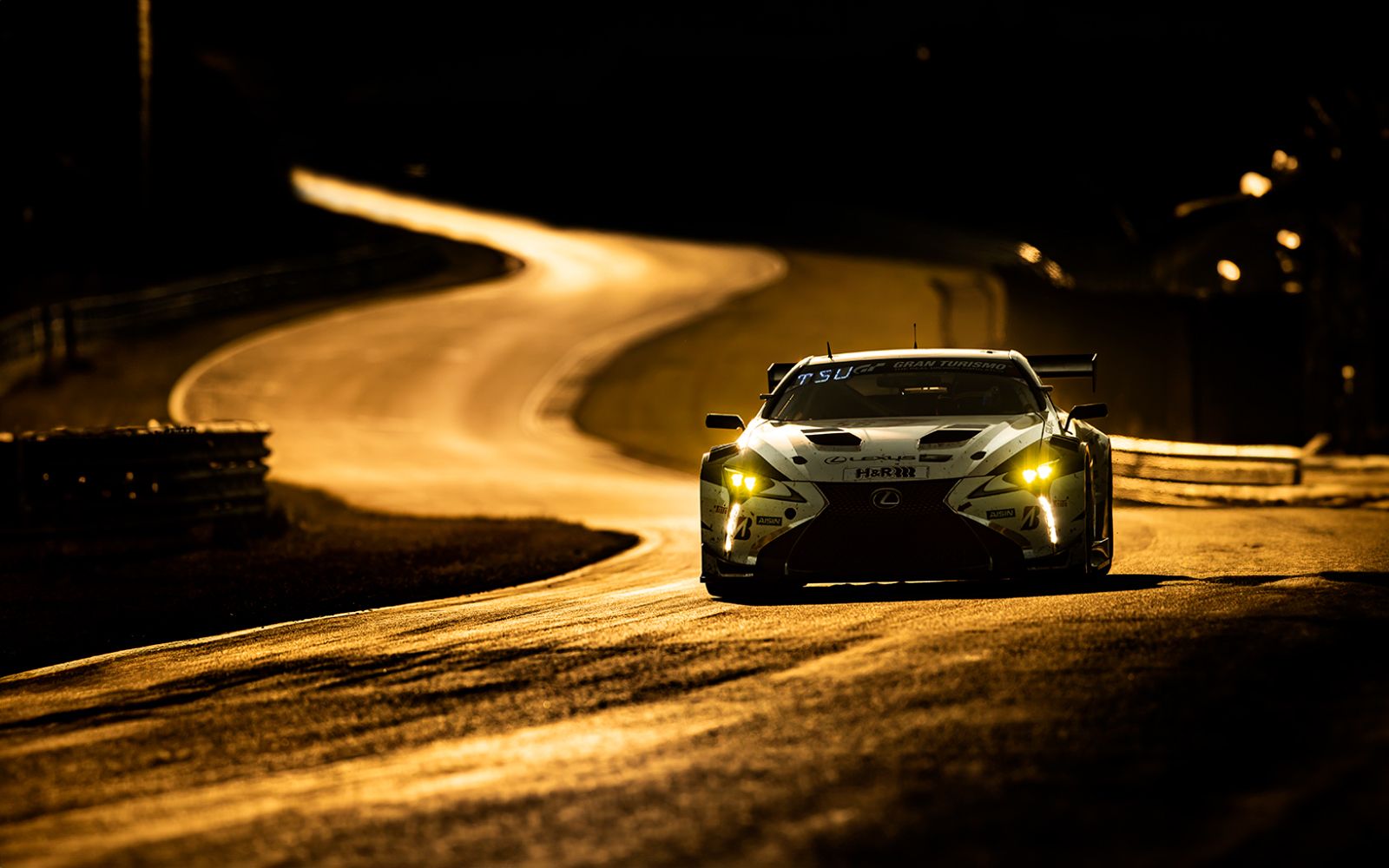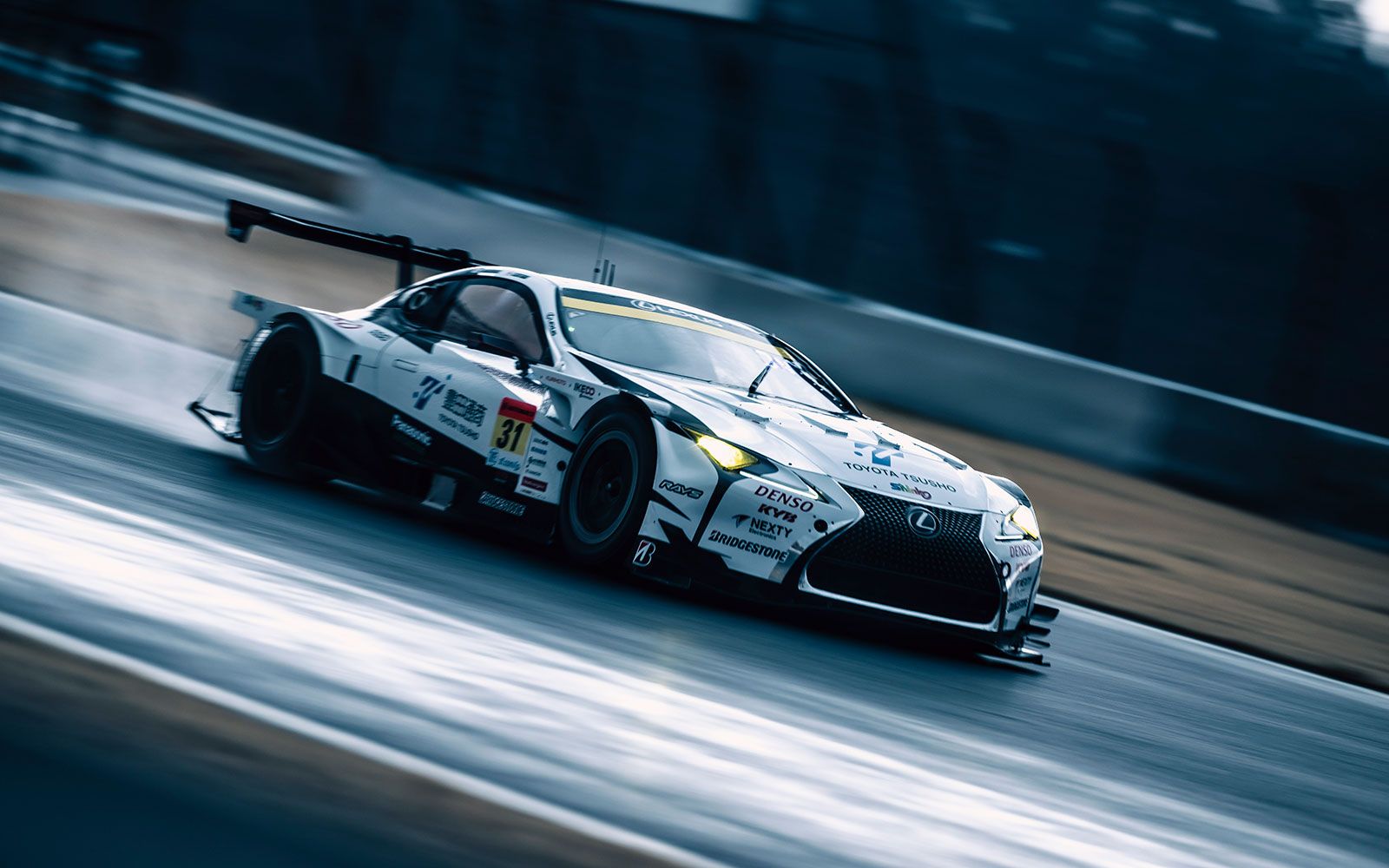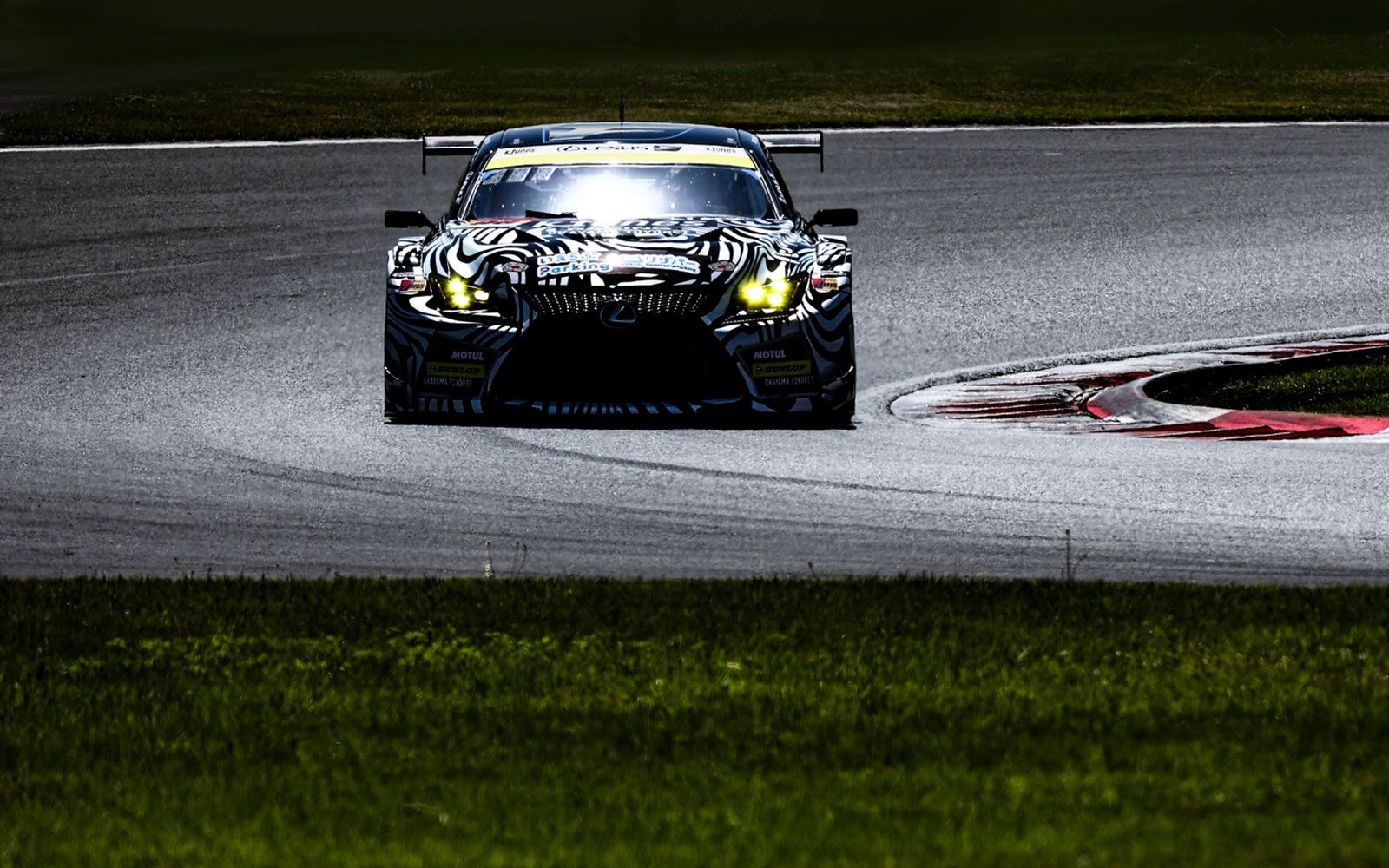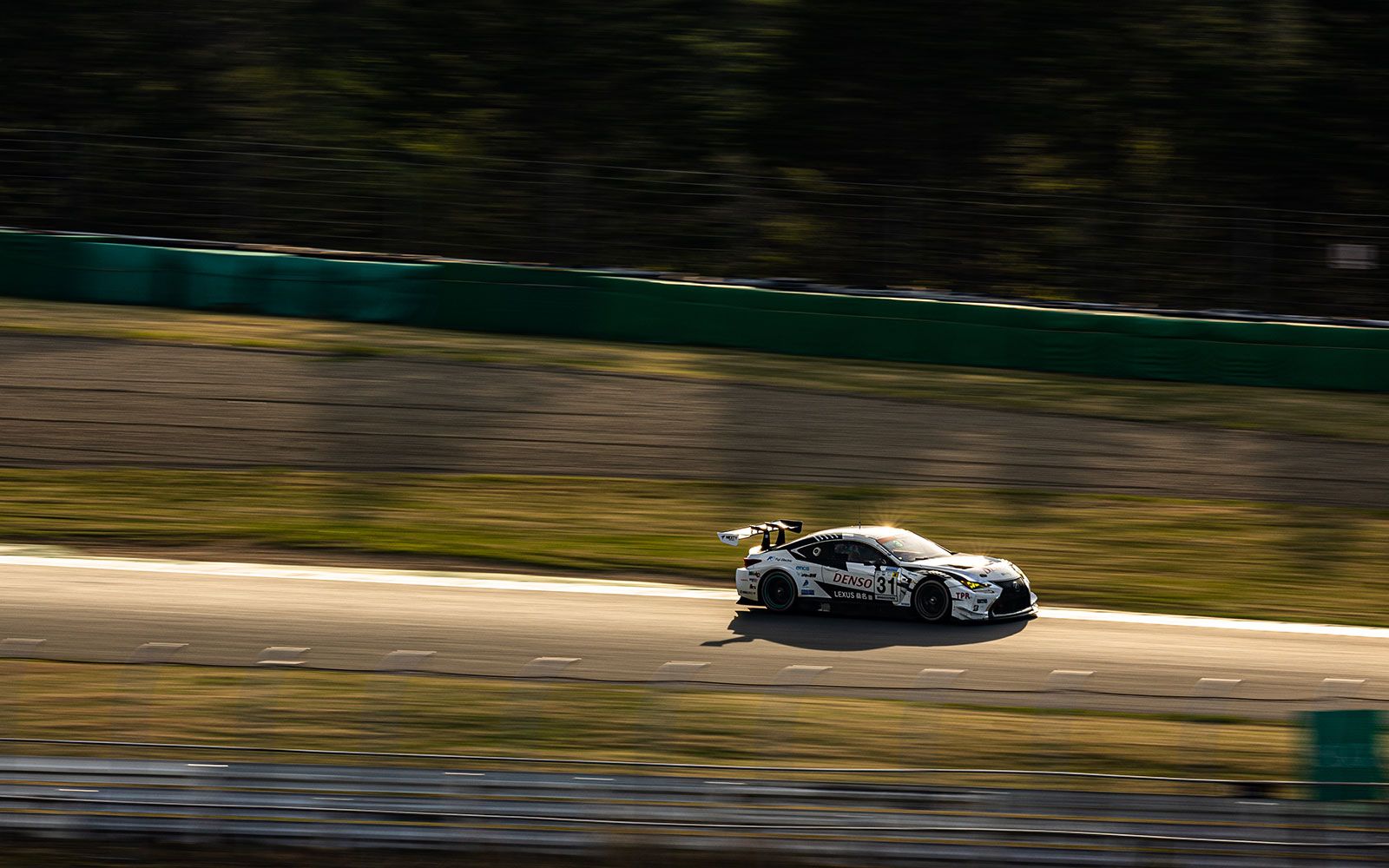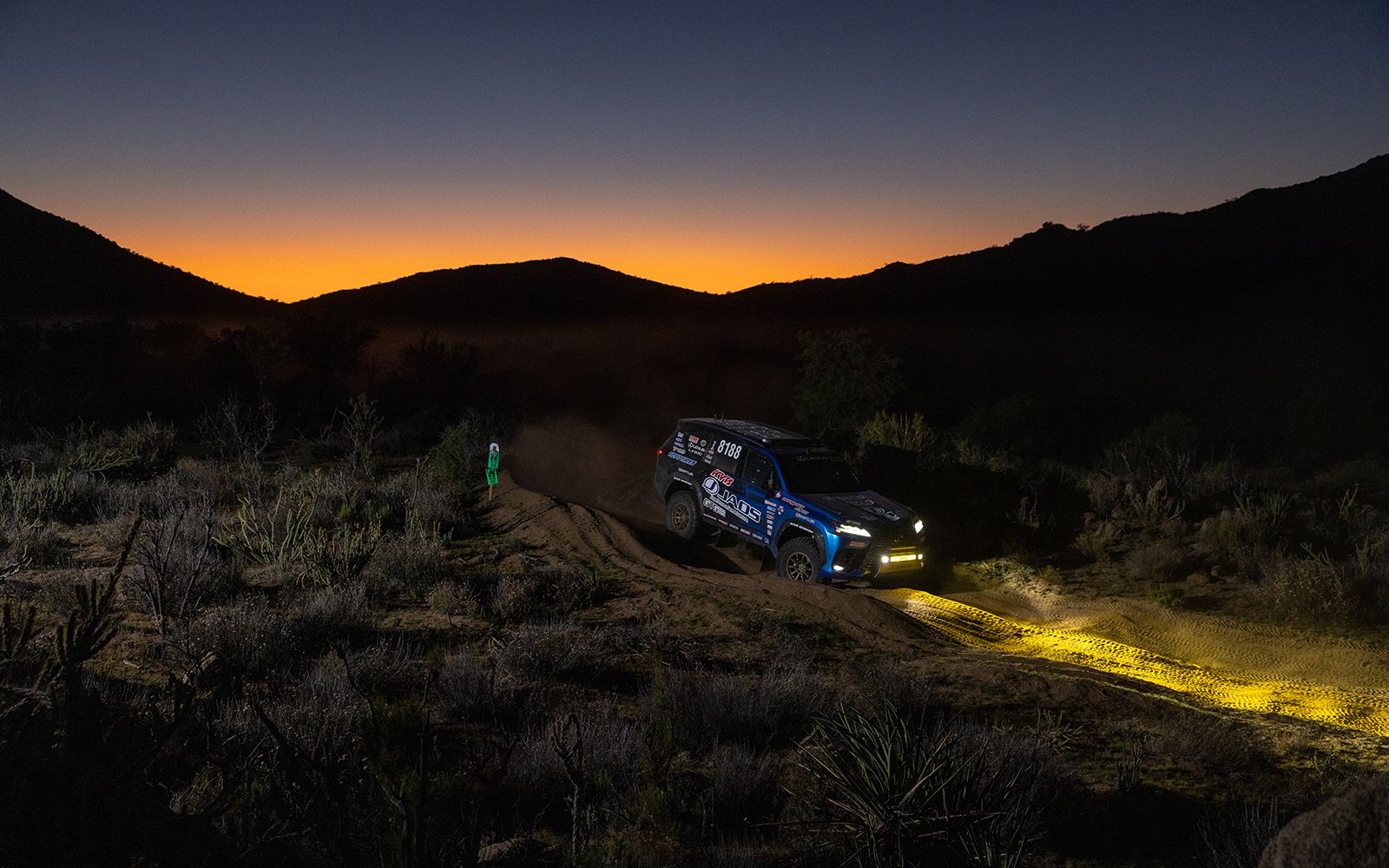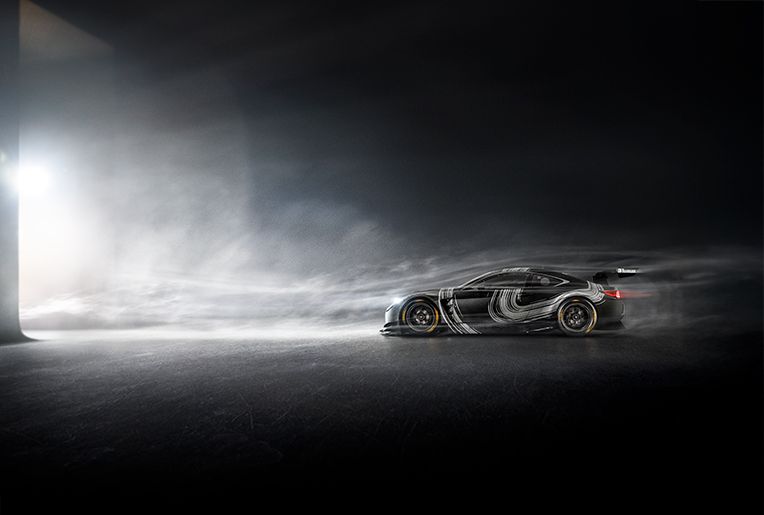The World Endurance Championship (WEC) has its roots in the World Sportscar Championship, which is an endurance event that started in 1953. The WEC started in 2012, as a development of the Intercontinental Le Mans Cup event, which had been set up in 2010. Since its inception, the WEC has been recognized as a world championship and the scene of many legendary racing moments. Furthermore, it is organized by the Fédération Internationale de l'Automobile and the Automobile Club de l'Ouest, a French organization that also runs the 24 Hours of Le Mans race.
- GR GT, GR GT3, and Lexus LFA Concept World Premiere
Born from the powerful vision and strong passion of Master Driver Morizo, this new era is defined by three exceptional models: the GR GT, the GR GT3, and the Lexus LFA Concept.
- Lexus Electrified: A Bold New Direction
Since 2005, Lexus has been at the forefront of pioneering electrification in the luxury market.


